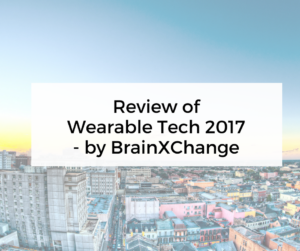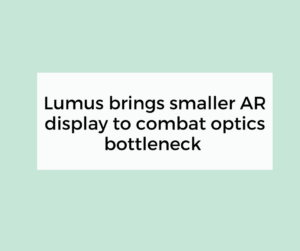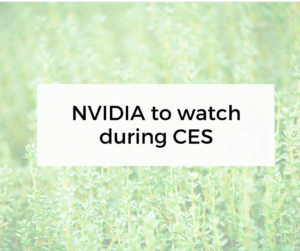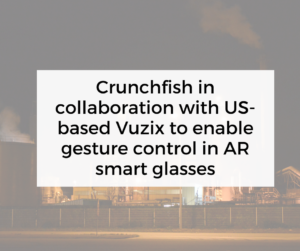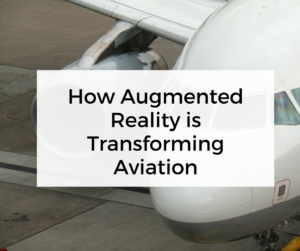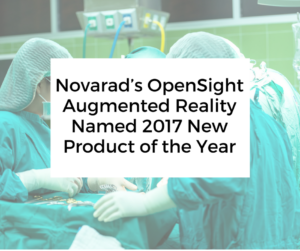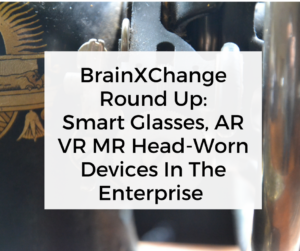Tech Startups for Agriculture

An article on Business Insider addresses how companies are creating technology to aid the booming agriculture sector, which is necessary for the ever-increasing world population.
Some ag-tech companies mentioned in the article include:
- Plenty: a highly praised startup that produces vertical, indoor farms in urban areas, and has raised the largest amount of money for an ag-tech company to date (a Softback-led $200 million Series B round).
- Grownetics: a Colorado-based startup that installs greenhouse sensors to increase efficiency of plant growth and recently raised a $1 million seed round.
- Prospera: an Israeli startup that uses artificial intelligence to aid farmers’ understanding of crop data.
- Granular: uses a software system to gather data at various points on farms to aid efficiency.
- Huxley: an Amsterdam-based startup that developed a hands-free AR greenhouse system, enabling farmers to use the tech while actively working on their farm.
- Abundant Robotics: is in the process of developing “the world’s first commercial apple-picking robot”, as quoted by CEO Dan Steer.
- Blue River Technologies: has created the Lettuce Bot (which allows lettuce heads to grow more effectively by automating the process of lettuce-thinning) and See and Spray technology (which identifies plants and manages their needs by drawing on machine learning).
- Iron Ox: has developed greenhouses that deploy robots to maintain each plant in California.
The article source can be located on Business Insider.

